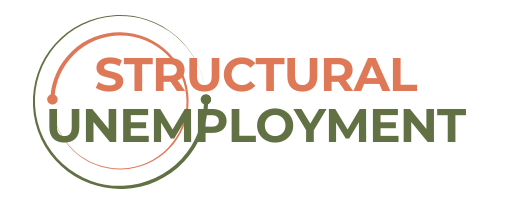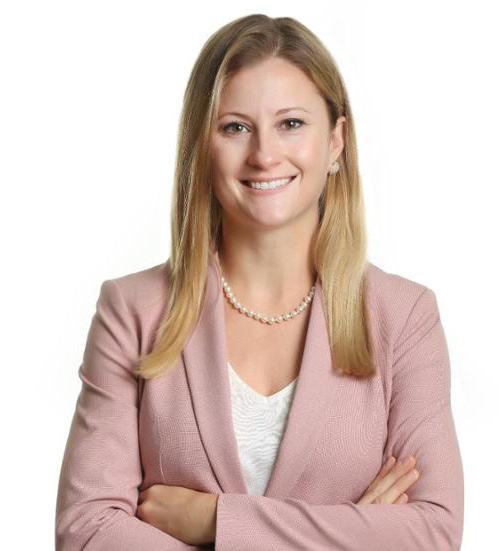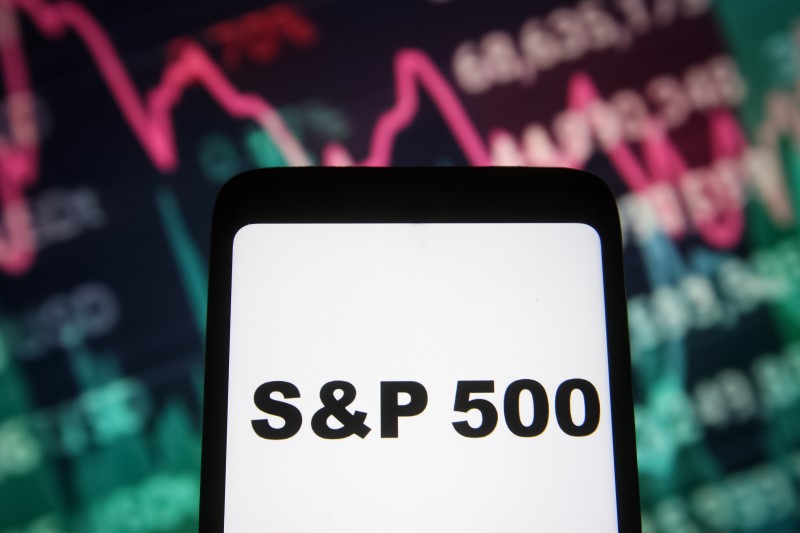Hamilton’s endowment has long been a critical financial asset for the college, accounting for about 33% of its income. For the fiscal year (FY) ending June 30, 2024, the endowment delivered a 9.0% return, slightly below its five-year average of 9.2% but surpassing the average returns of peer institutions during the same period. The 2024 Pension & Investments U.S. Endowment Returns Tracker reports that Colby College had an FY current year return of 8.1% and Wellesley College had a return of 7.8%. Over the medium and long term, Hamilton’s endowment outperformed the median of peer endowments, according to data from the National Association of College and University Business Officers (NACUBO), which represents around 650 U.S. colleges and universities.
Hamilton’s endowment consists of over 1,000 individual endowed funds, each with specific restrictions designated by the donor. The allocation of funds is determined by the intents and purposes that each donor selects when they set up the endowment. These funds are managed by the Investment Committee, which is responsible for investing the College’s endowment funds and other assets invested for the long term. Roughly 50 ongoing managers are responsible for the investment of these funds. The Investment Committee’s Investment Policy Statement reports that “no manager shall manage more than 15% of the market value of the endowment.”
According to Lauren Jacobson, Hamilton’s Chief Investment Officer, and Karen Leach, Vice President for Administration and Finance, the authorized spending from the endowment this year is about $60 million. “Almost half will be used for financial aid, $12 million to support professors, more than $10 million for special purposes, and the rest for support such as prizes, lectures, library, fellowships, and more,” they said in a statement.
“Depending on the inflationary environment, the return target for the endowment ranges from 7% to 9%,” Jacobson said in a statement. “Over most look-back horizons, the endowment’s return has exceeded its return objective.” However, in a banner year for U.S. equities with the S&P 500 up by more than 20%, the 9% return from the endowment falls far below that. Even the top endowments across the country were unable to beat the S&P 500 in FY2023– the average performance among 688 endowments tracked by the NACUBO was only 7.7%. Yale’s endowment had returns of 10.9%, lagging behind the S&P’s 12.6% annual return over the same period. Dartmouth’s endowment recorded an 8.4% investment gain for the year, also falling far behind the surge in U.S. stocks. A Blackstone earnings release reported corporate private equity returns in the year ending in June of 11.3%, compared to a 24.5% total return for the S&P 500. Many investment managers for college endowments have been rejecting the comparison to U.S. stocks, maintaining that their funds are designed to support colleges over the long term with broad asset mixes that reflect their risk tolerance.
Due to Hamilton’s annual spending from the endowment each year, regardless of the market environment, it is diversified across several different asset classes to maintain stability in a variety of market conditions. The endowment’s “strategic asset mix” (SAM) is based on periodic asset allocation studies performed by the Investment Office. The policy portfolio typically has relatively high exposure to equity and lower exposure to fixed income asset classes. “[The endowment] is invested primarily, but not entirely, in equities,” Jacobson said in a statement. “Hamilton uses the S&P 500 as a benchmark for the portion of its assets invested in U.S. public equities.”
“The S&P 500 is not a relevant benchmark for the entire endowment portfolio because the portfolio also contains lower-volatility, non-equity investments,” Jacobson continued. “These investments ensure the endowment can still meet its spending obligations, even in years when equities are down.While most endowments cannot keep up with long-only equities in a strong bull market, they tend to fare better when equities are down because they are more diversified.”
Ultimately, the mission of the endowment is to generate strong risk-adjusted returns, which includes capturing gains when the market is strong while also weathering a downturn. “Because we are in a period of heightened valuations and macro uncertainty, it is imperative that Hamilton’s capital is in the hands of high-quality, experienced and trustworthy investment managers,” Jacobson said in a statement. While the endowment’s performance may trail equity-heavy benchmarks, the Investment Committee’s diversified strategy ensures stability and resilience over the long term as the college continues to rely on the endowment for financial support in its future growth.




